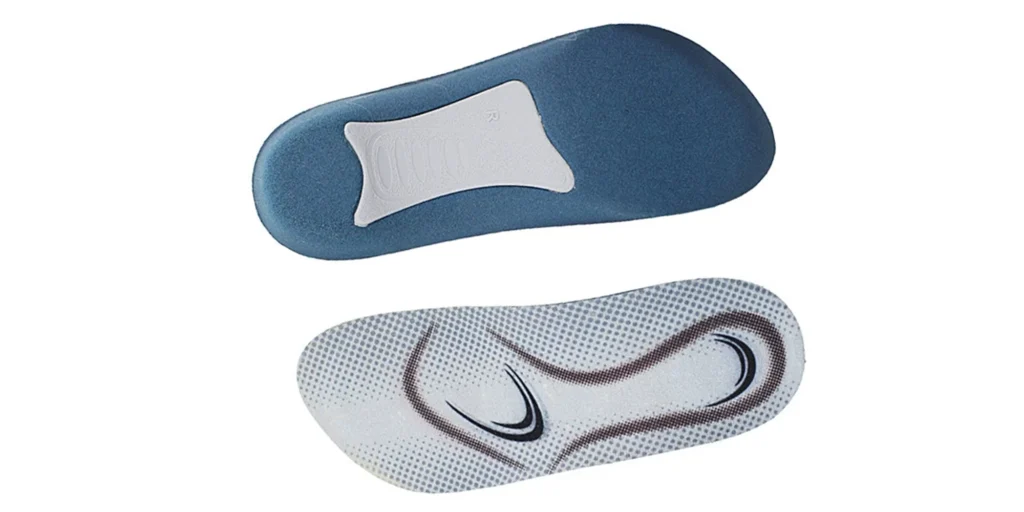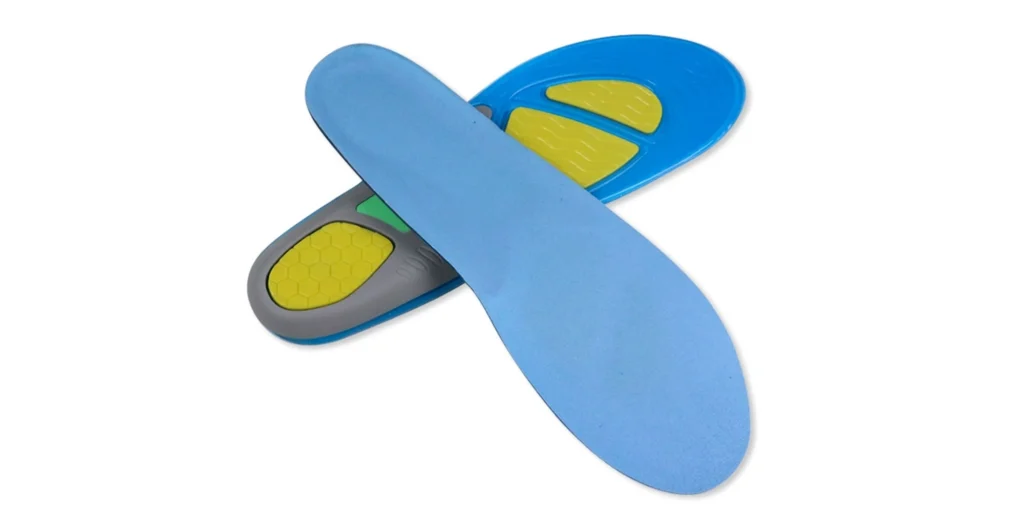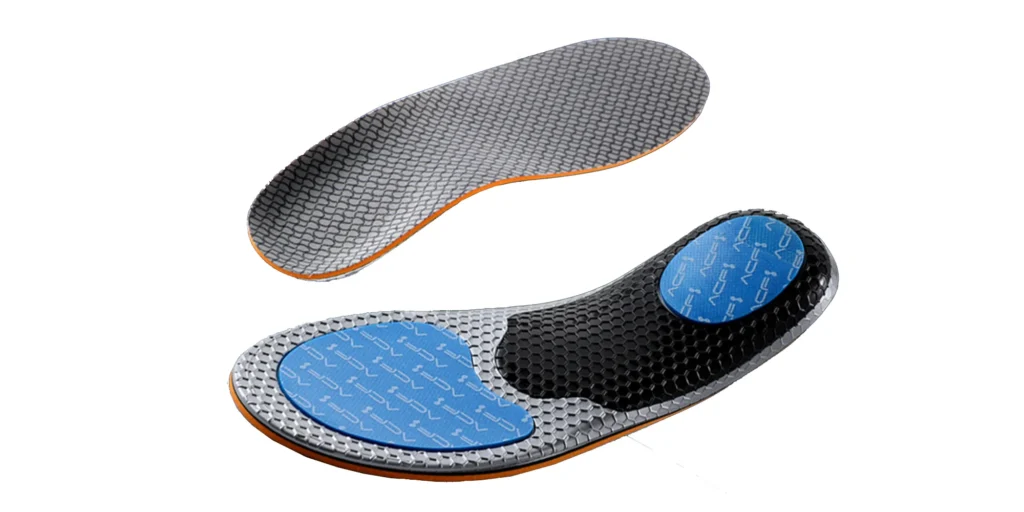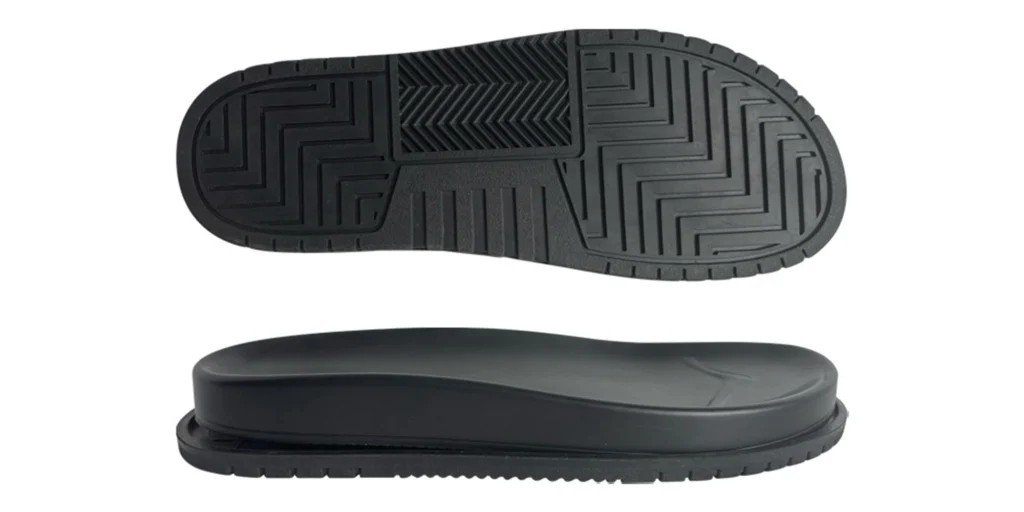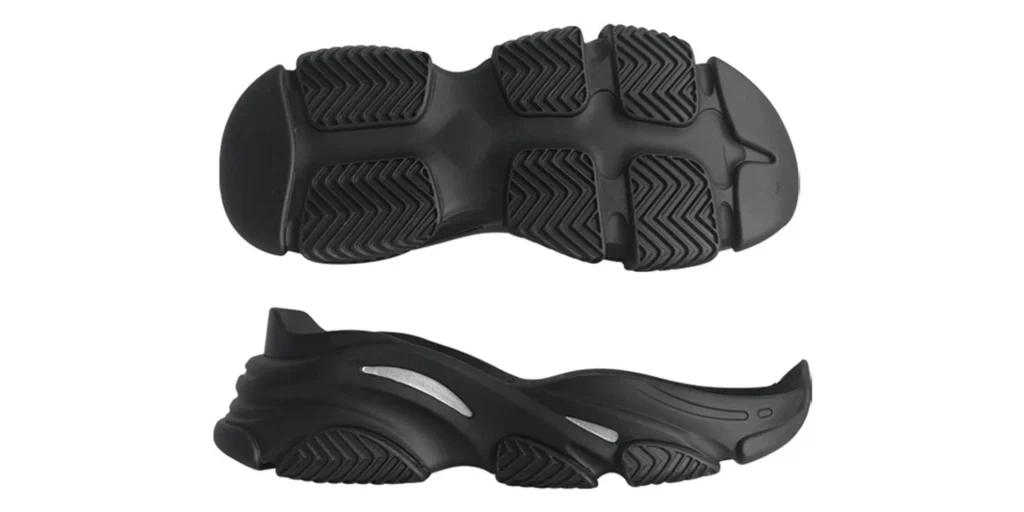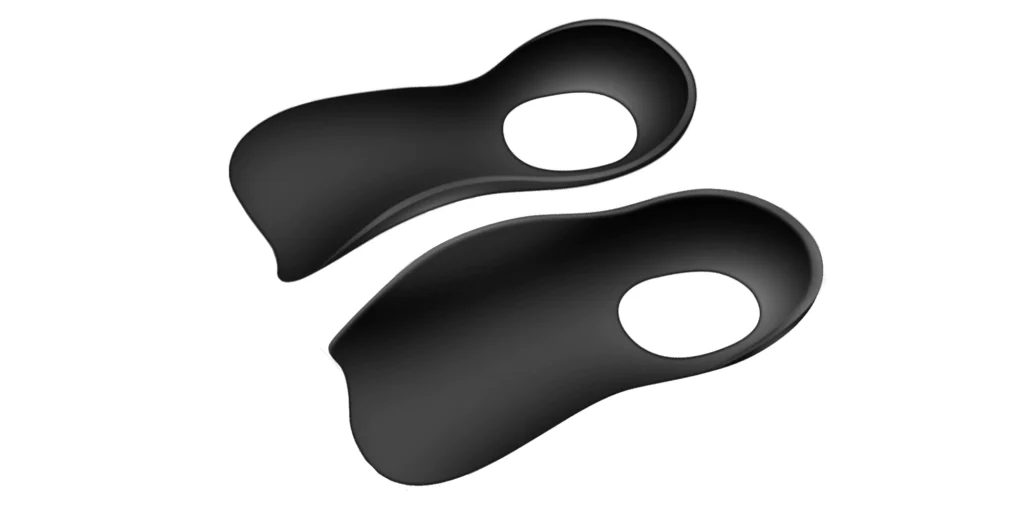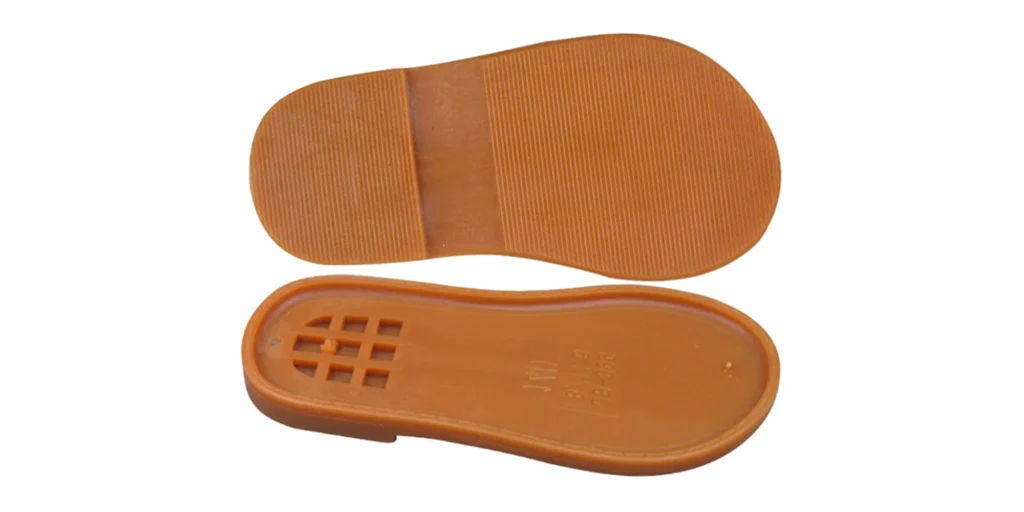Abstract:
This seminal treatise delves into the revolutionary transformation of customized footwear soles through cutting-edge EVA (ethylene-vinyl acetate) foaming technology. By leveraging groundbreaking innovations including supercritical fluid foaming and AI-parametric mold design, consumers can now achieve millimeter-perfect sole solutions. Our exploration encompasses technical principles, consumer value propositions, industry applications, and eco-conscious breakthroughs – offering visionary guidance for athletic enthusiasts and medical rehabilitation sectors alike.
I. Personalized Demand Ignites Sole Technology Revolution
Market analytics reveal a 47% year-over-year growth in global customized footwear during 2024, with functional sole customization emerging as the pivotal growth driver. Conventional standardized soles reportedly cause foot discomfort for 68% of wearers.
The imminent 2025 revolution in EVA supercritical foaming technology employs nitrogen/carbon dioxide fluids within high-pressure chambers to create micron-scale closed-cell structures. When integrated with 3D foot-pressure scanning systems, this enables modular customization of density, thickness, and rebound coefficients with unprecedented 0.1mm precision.
II. Technological Breakthroughs: Four Core Innovations
AI-Driven Dynamic Molding System
- Parametric mold designs powered by million-step gait databases
- Production time reduced from 72 hours to 90 minutes (Adidas SpeedFactory empirical data)
Gradient Density Foaming Technology
Zone-specific temperature control for tri-density structures:
- Forefoot: 45°C foaming creates 35% rebound zone (basketball acceleration)
- Arch: 55°C foaming establishes 50D hardness support (flatfoot correction)
- Heel: 40°C foaming achieves 60% energy return (long-distance cushioning)
Eco-Conscious Advancements
- Industry leaders adopting 30% bio-based EVA (sugarcane derivatives) by 2025
- 42% reduction in carbon footprint (Nike Move to Zero initiative)
Dynamic Feedback Ecosystem
- Piezoelectric sensors mapping pressure distribution
- AI-powered optimization via companion applications
III. Industry Application Value Matrix
| Sector | Solution | User Benefit |
|---|---|---|
| Competitive Sports | High-rebound soles (>70%) | 8.3% sprint efficiency boost |
| Medical Rehabilitation | Biomechanical correction | 64% reduction in plantar fasciitis recurrence |
| Senior Population | Anti-slip cushioning (μ>0.5) | 52% lower fall risk |
IV. Strategic Implementation Roadmap (Enterprise Edition)
Omnichannel Consumer Engagement
- Physical: Deploy 3D foot-scan kiosks (<$20,000/unit)
- Digital: AR virtual try-ons boosting conversion by 37% (Puma case study)
Agile Manufacturing Transformation
- Modular foaming cells replacing traditional assembly lines
- Break-even point reduced to 300 units for small-batch orders
V. Future Challenges & Emerging Trends
Despite current 28% material cost premiums (2024 baseline), economies of scale will narrow margins to 12%. The 2025 landscape will witness two paradigm shifts:
- Instant Manufacturing: Evolving from “72-hour delivery” to “3-hour express customization”
- Smart Evolutionary Ecosystem: Chip-embedded soles with cloud-based gait analytics enabling autonomous adaptation
FAQ
Q1: Pricing differential between custom EVA soles and standard variants?
2025 projections indicate a 15-25% premium (180−180-180−220), attributable to supercritical equipment and bio-material costs. Note: Medical customization may qualify for insurance coverage.
Q2: Addressing bilateral foot asymmetry?
Asymmetric modeling via separate scanning enables independent pronation/supination compensation (±6° adjustment in ASICS Metaverse system).
Q3: Applicable footwear categories?
Primary applications: performance running (42%), hiking (28%), rehabilitation (18%). Casual footwear market penetration expected by 2026.
Q4: Production lead times?
Industry leaders currently achieve 48-hour turnaround, targeting 5-hour production by Q3 2025 through advanced rapid-cooling techniques.
Q5: Fundamental differentiators from traditional orthotics?
This represents a triple evolution beyond physical shaping:
- Molecular-level material reengineering (non-mechanical forming)
- Dynamic biomechanical feedback systems
- Sustainable biodegradability (76% degradation within 180 days)
WELLE Trade has over 20 years of experience in the production and processing of PE/EVA/TPE foams, so you may want to consult with them if you have any sourcing needs.
